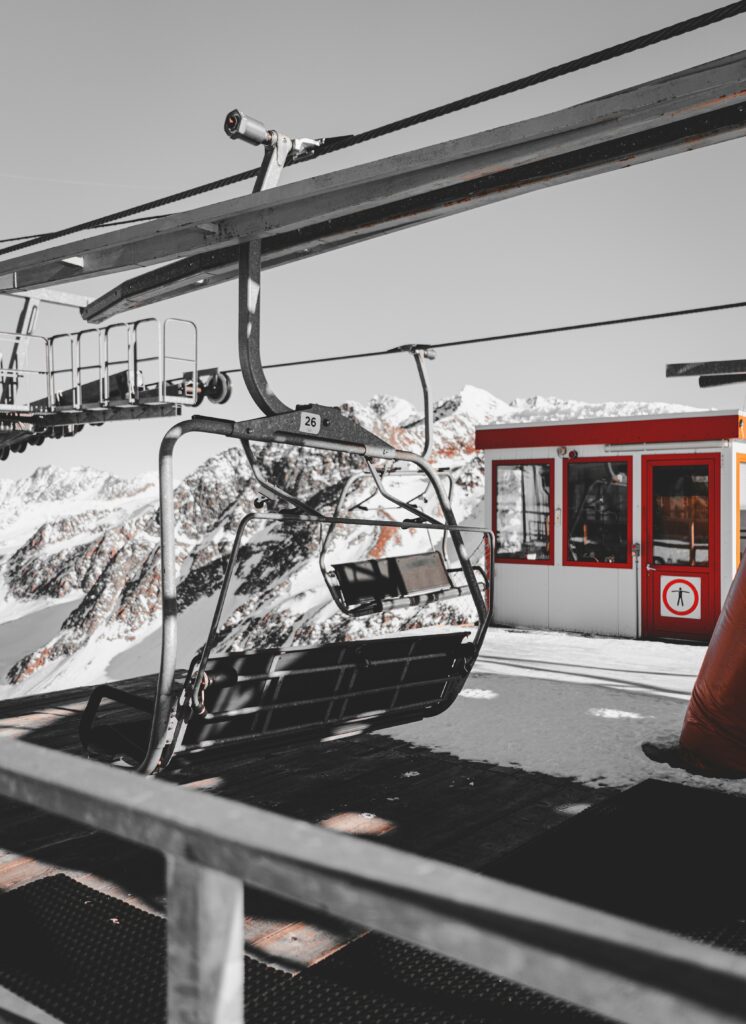Introduction to Boat Lifts
Whether you’re a seasoned sailor or just starting out in the boating world, one critical piece of equipment stands out: the boat lift. A boat lift securely raises your boat out of the water, offering crucial benefits ranging from protection against the elements to easing the burden of regular maintenance. If you’re exploring various marine boat lifts available on the market, you’ll find numerous options catering to different needs and providing versatile solutions for multiple boats.
Boat lifts come in various configurations tailored to meet diverse requirements, whether for residential docks, private marinas, or commercial marine environments. Grasping these configurations can significantly aid in deciding on the ideal lift, enhancing your boat’s longevity and ensuring its safety. From mechanical marvels designed for shallow waters to heavy-duty lifts designed for larger vessels, a rig is ideally suited for your needs.
Types of Boat Lifts
Several types of boat lifts are available, each crafted to meet diverse needs. Here’s a closer look at the most common types:
- Vertical Lifts are particularly ideal for areas with significant water level fluctuations. They offer high support and stability, which is crucial for both small and large vessels looking to avoid potential damage from shifting waters.
- Cantilever Lifts are perfect for smaller boats and shallower waters. They use fewer moving parts, which translates to easier maintenance. Their design ensures that smaller crafts remain secure and are easy to dock and undock, simplifying the entire process.
- Piling Mount Lifts: These lifts are perfect for fixed docks and offer unparalleled stability. Ideal for high-traffic areas, piling mount lifts guarantee that your boat is securely moored, reducing the risk of damage from passing ships or watercraft.
- Floating Lifts are best suited for deeper waters where traditional pilings might not be feasible. These lifts rise and fall with water levels, making them adaptable to various conditions. This adaptability is particularly useful in fluctuating tide environments.
Each type of boat lift has specific advantages, making it imperative to understand your unique requirements before choosing. Factors such as boat size, water conditions, and ease of maintenance will significantly influence which type is best for you.
Why a Boat Lift is Essential
Using a boat lift entails numerous advantages that surpass mere convenience. Here are a few compelling reasons why a boat lift is indispensable:
- Protection: A boat lift shields your boat from algae, mussels, and other harmful organisms that can compromise the hull’s integrity. Prolonged water exposure can lead to significant damage, necessitating costly repairs. Lifting the boat removes it from this harmful environment.
- Maintenance: Elevating the boat out of the water simplifies the cleaning and routine maintenance processes. This easy access facilitates hull inspections and other essential upkeep tasks, promptly addressing potential issues.
- Longevity: The most compelling benefit is extending your boat’s life. Protecting your investment from constant water exposure can save you substantial money over the long run. By minimizing wear and tear, a boat lift allows you to enjoy your watercraft for many years.
A boat lift is a wise investment that guarantees your vessel’s long-term health and well-being. Lifting your boat out of the water significantly reduces the risk of hull damage, leading to a safer and more enjoyable boating experience.
Factors to Consider When Choosing a Boat Lift
Choosing the right boat lift is a process that involves careful consideration of several key factors. Here are some vital aspects to keep in mind:
- Boat Size and Weight: Make sure the lift you choose supports your boat’s specific dimensions and weight. Using a lift not designed to handle your boat’s specifications can result in structural issues and may even endanger your boat’s safety.
- Water Conditions: Consider the type of water body where the lift will be used and any variations in water levels. Different lifts are optimized for varying conditions, so selecting one that aligns with your local water environment is crucial.
- Material: Opt for lifts made from high-quality stainless steel or aluminum materials. These materials offer enhanced durability and resistance to corrosion, which is essential for withstanding harsh marine environments.
Additionally, consulting with local experts or marina operators who are familiar with your waterways’ specific conditions can be incredibly beneficial.
Installation and Maintenance Tips
Proper installation and regular maintenance are pivotal for your boat lift’s adequate performance and longevity. Here are some essential tips to guide you:
- Professional Installation: While some boat owners might be tempted to take the DIY route, hiring professionals ensures proper setup and safety. Experienced installers can optimally configure the lift to meet your specific needs, enhancing safety and functionality.
- Routine Inspections: Regularly inspect your lift for wear and tear, particularly in critical components such as cables, pulleys, and other moving parts. Early detection can prevent more significant problems, ensuring your lift operates smoothly.
- Seasonal Maintenance: Clean and lubricate mechanical parts to avoid rust and to ensure smooth operation. Performing seasonal maintenance not only maintains the functionality of your lift but also extends its lifespan. Simple actions like cleaning off debris and checking for rust can go a long way in preserving your investment.
Conclusion
Choosing the right boat lift requires thoughtful consideration of various factors, but its benefits in boat maintenance and protection are invaluable. By thoroughly understanding your needs and consulting with experts, you can find the perfect lift to keep your boat safe and in optimal condition. Protecting your boat with a lift extends its lifespan and ensures you enjoy worry-free boating adventures for years.



